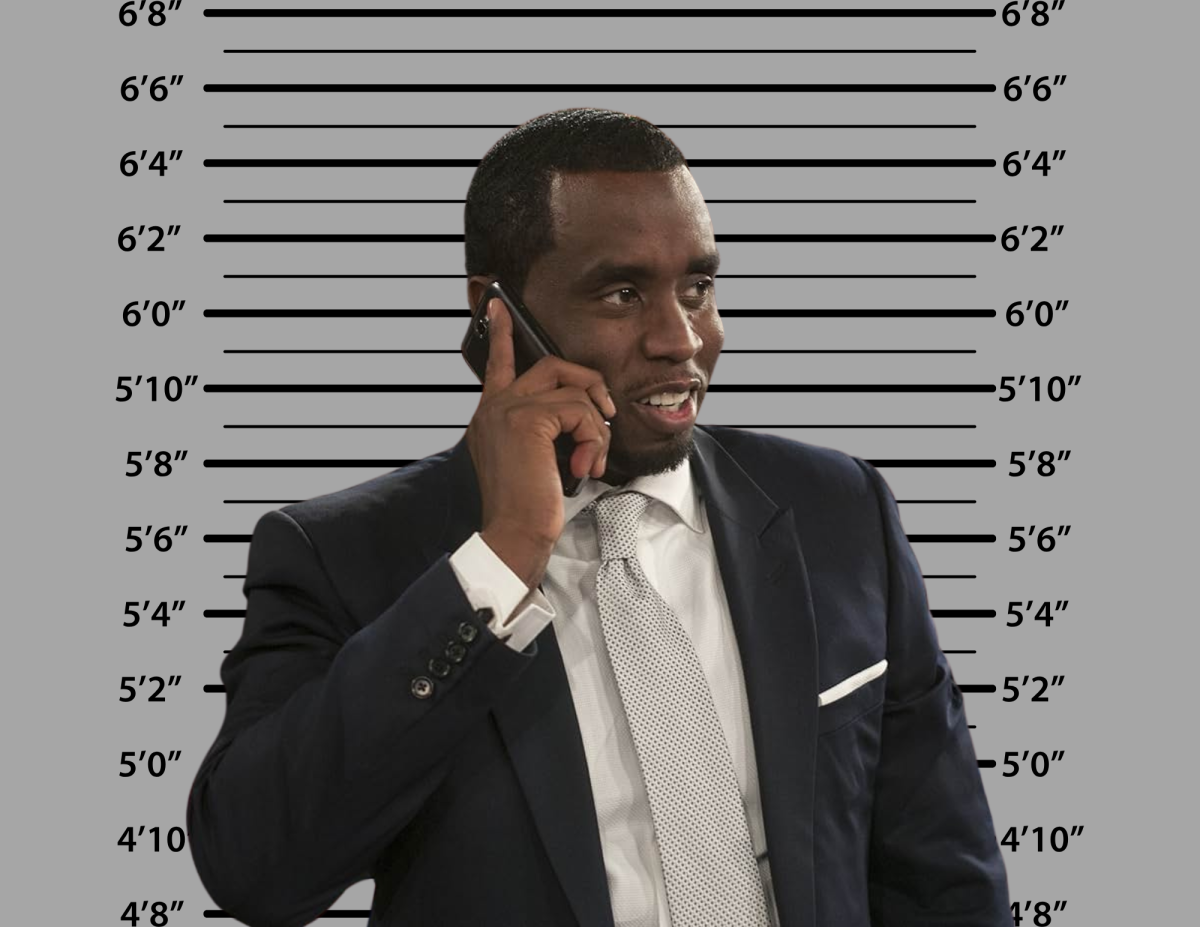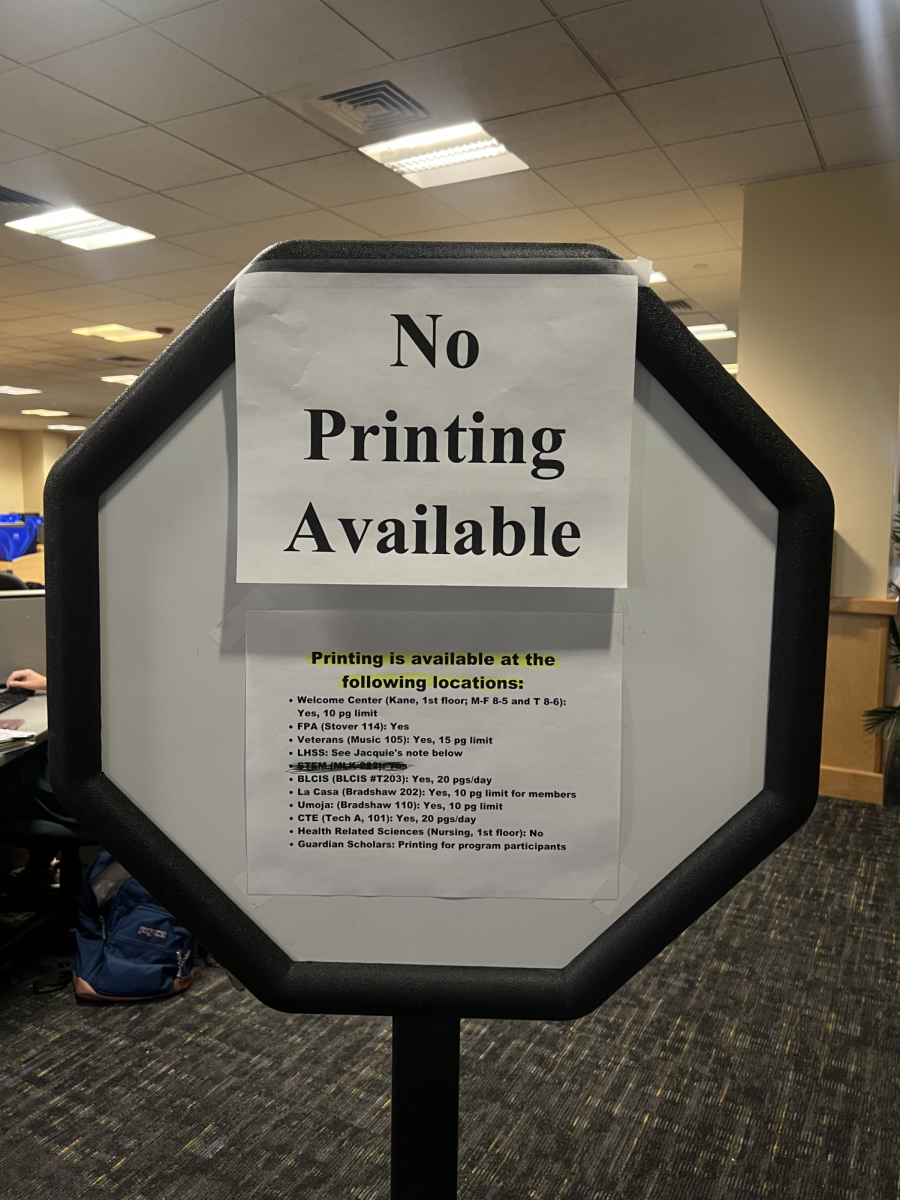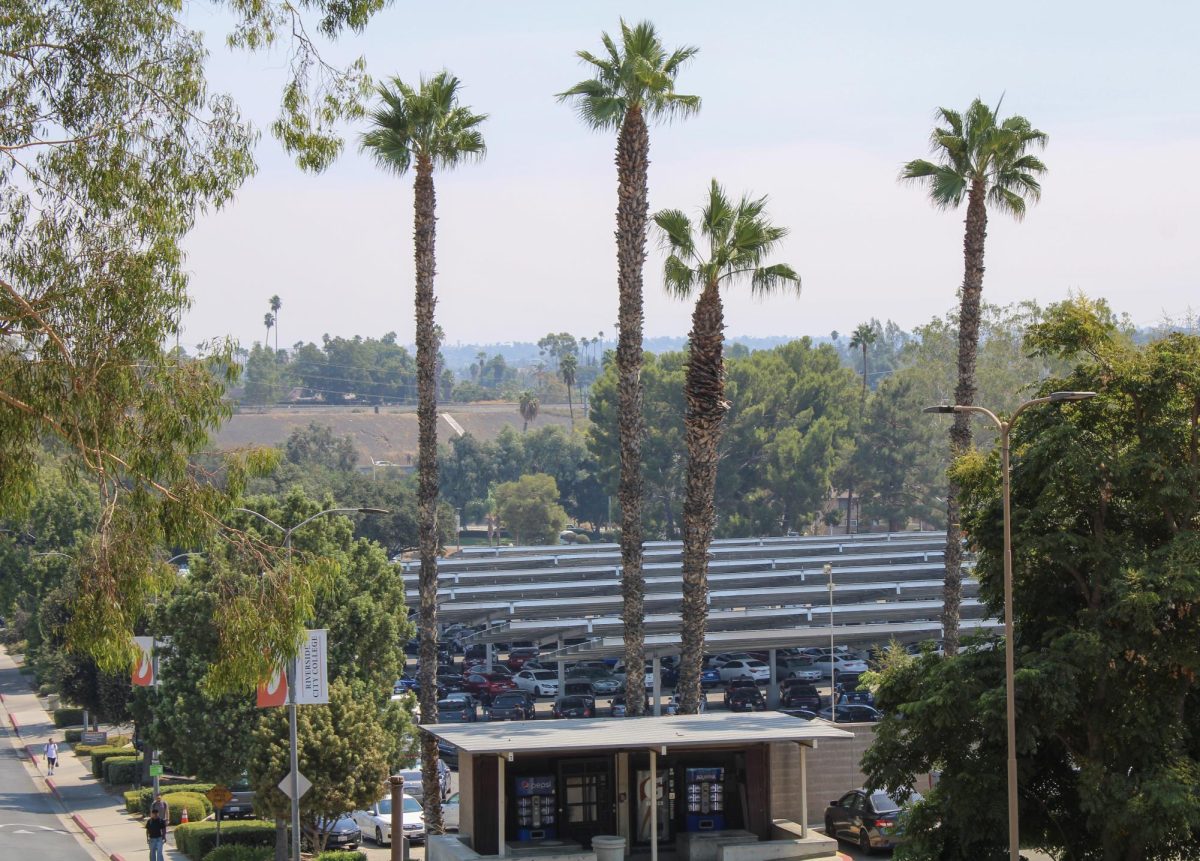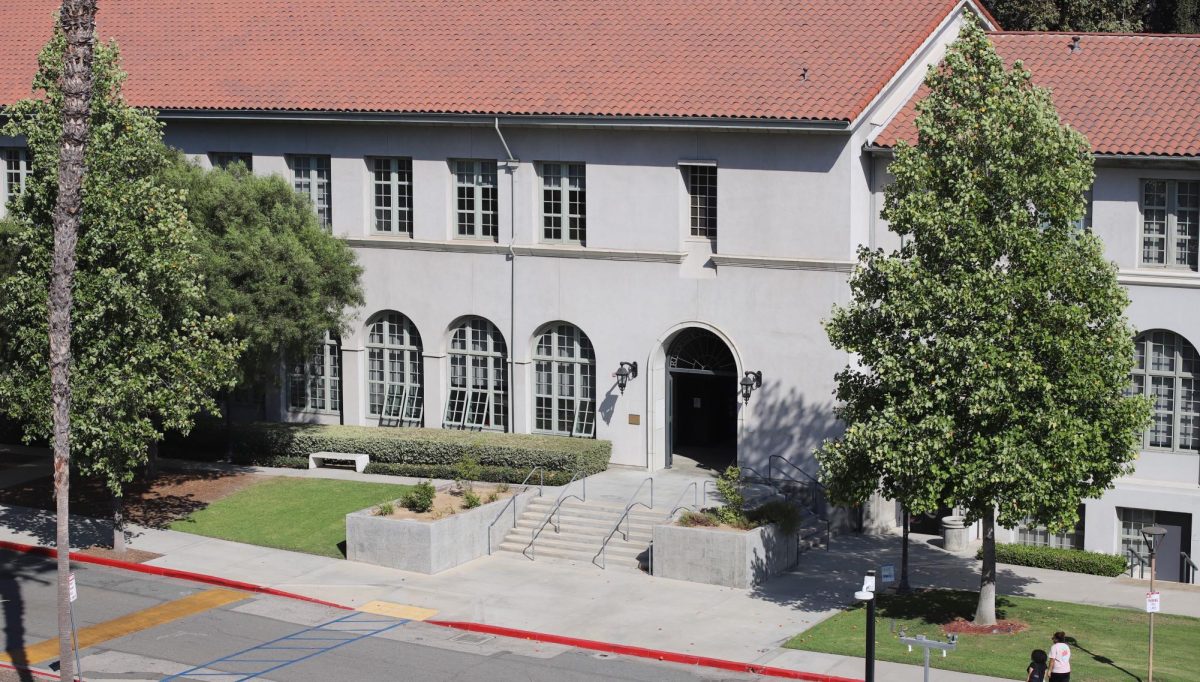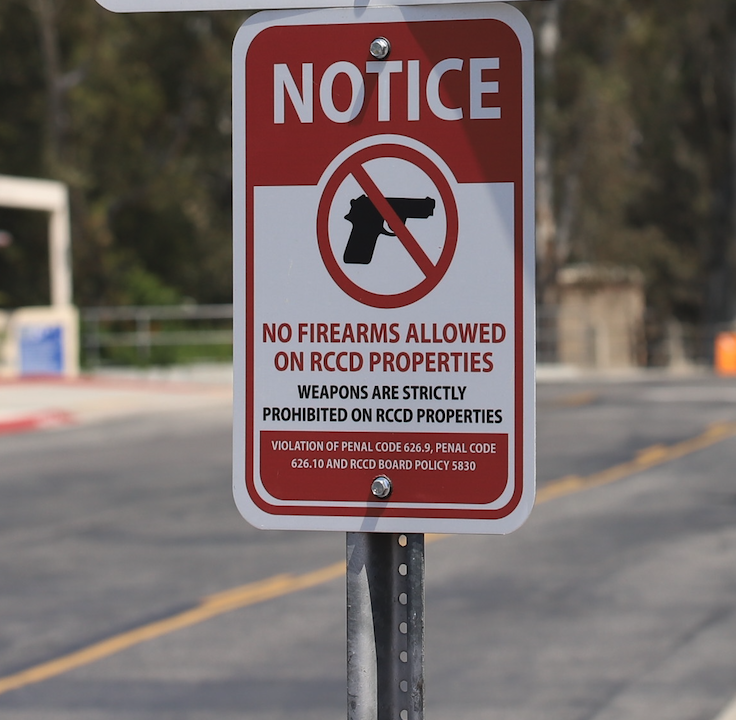By Jonathan Van Niel
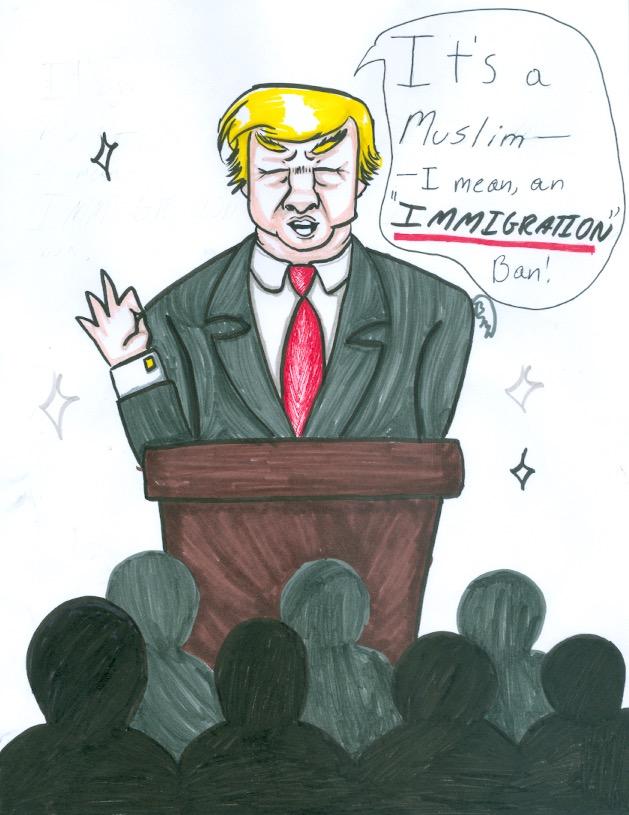
Let’s call it what it is: President Donald Trump’s immigration Executive Order is a thinly veiled Muslim ban, and it is both unethical and inhumane.
The official title of the Executive Order signed by Trump is “Protecting the Nation from Foreign Terrorist Entry into the United States.”
While our government should absolutely be concerned with national security threats, the seven Muslim-majority countries targeted in this ban—Iran, Iraq, Libya, Somalia, Sudan, Syria and Yemen—have not been responsible for a terrorist attack in post-9/11 America.
If this ban is designed to protect the United States from terrorism, why target these countries instead of high risk zones like Saudi Arabia, which is one of the largest international sponsors of Islamist militant groups in the world and among the biggest exporters of foreign fighters to ISIS?
Richard Painter, the chief ethics lawyer in George W. Bush’s administration, says that the Executive Order excludes certain countries because of Trump’s business interests.
“Somalia is on the list, but Saudi Arabia is not … one of the factors, people are going to say, is the president does business with Saudi Arabia but not Somalia,” Painter said in an interview with CNN.
According to a report by Bloomberg, Trump’s Federal Election Commission filing listed four companies possibly linked to a hotel development project in the coastal Saudi city of Jeddah.
It should come as no surprise that Trump is using the oval office to line his pockets, even if it means potentially violating the Constitution to do so.
What should invoke greater outrage, however, is the insinuation that a particular group of people poses a threat to national security.
In 2002, the United States instituted the National Security Entry-Exit Registration System, which forced people from 24 Muslim-majority countries to register and regularly check in with authorities.
Not only is the NSEERS program an example of prejudice and racial profiling, but it proved to be highly ineffective at its supposed job as well.
Out of 83,519 cases, NSEERS caught zero terrorists.
We’ve seen this throughout our history before: the Trail of Tears, the Chinese Exclusion Act and Japanese Internment come to mind. Each serves as an example of what happens when a minority group is generalized and perceived as “other.”
But even after witnessing these failed experiments and violations of human rights, the Trump administration pushes forward.
Thankfully, the 9th U.S. Circuit Court of Appeals ruled against Trump’s Executive Order on Feb. 9. It is unclear, however, if the Department of Justice will contest the 9th Circuit’s ruling in the Supreme Court or if the Trump administration will draft a new immigration ban to take this Executive Order’s place.
What is most troubling about this Muslim ban is that the Trump administration is preying upon the fears and insecurities of Islamophobic citizens and attempting to rationalize and normalize discrimination by labeling immigrants and refugees security risks.
Why is it that “Muslim” has become synonymous with “terrorist” in our media when right-wing Christian extremists and white supremacists like Robert Dear and Dylann Roof commit terrorist attacks on U.S. soil? Why are white extremists referred to as “lone wolves” when their actions are by definition acts of terror?
According to New America, right-wing extremist attacks—which are often carried out by white supremacists and white nationalists—claimed more American lives on U.S. soil than any other terrorist group up until the Pulse nightclub shooting in 2016. In addition, right-wing extremists are responsible for more deaths of American citizens on U.S. soil than jihadists on average annually.
So if this is truly about national security, then where is the Executive Order targeting white supremacy and white nationalism?


